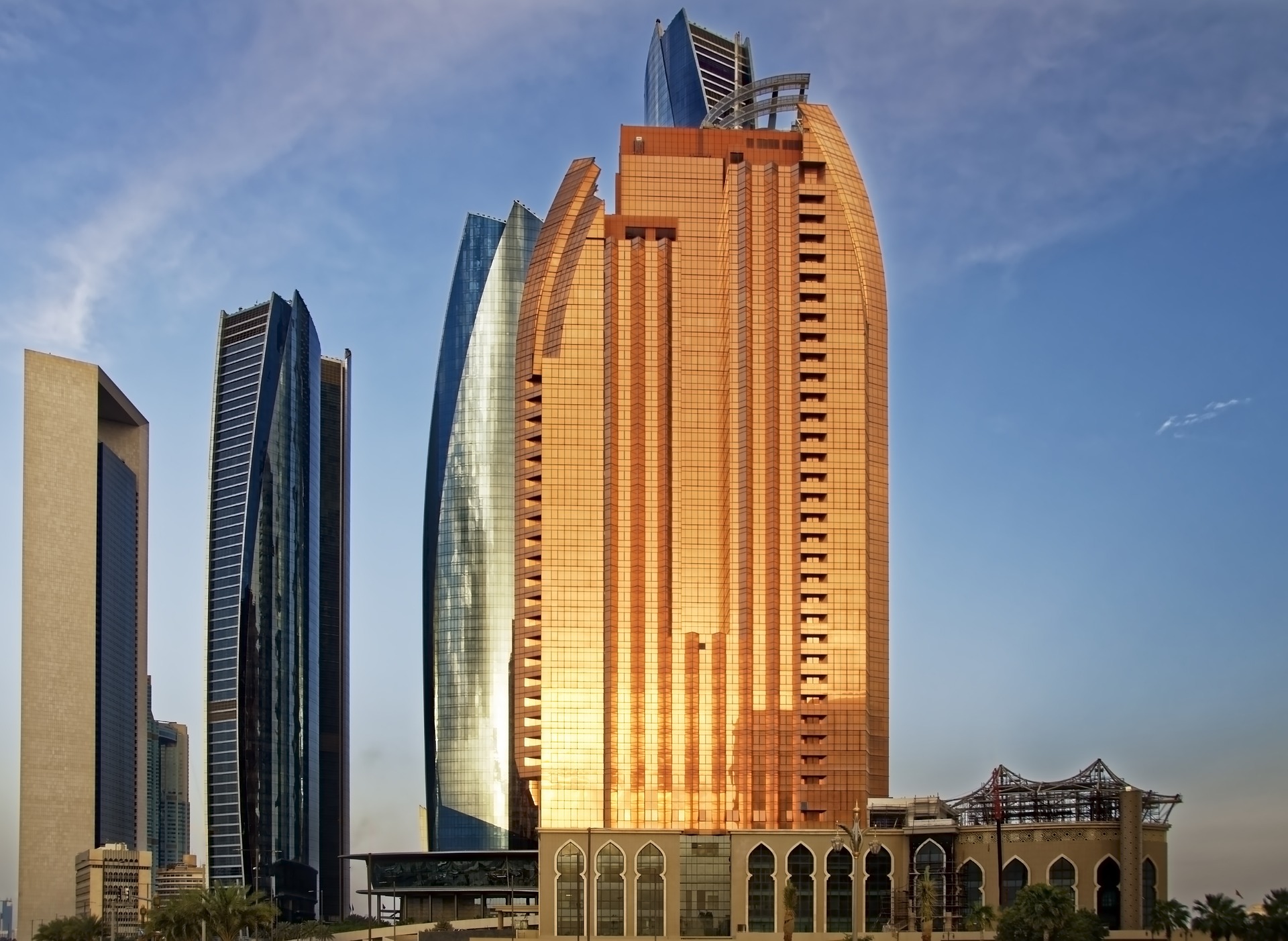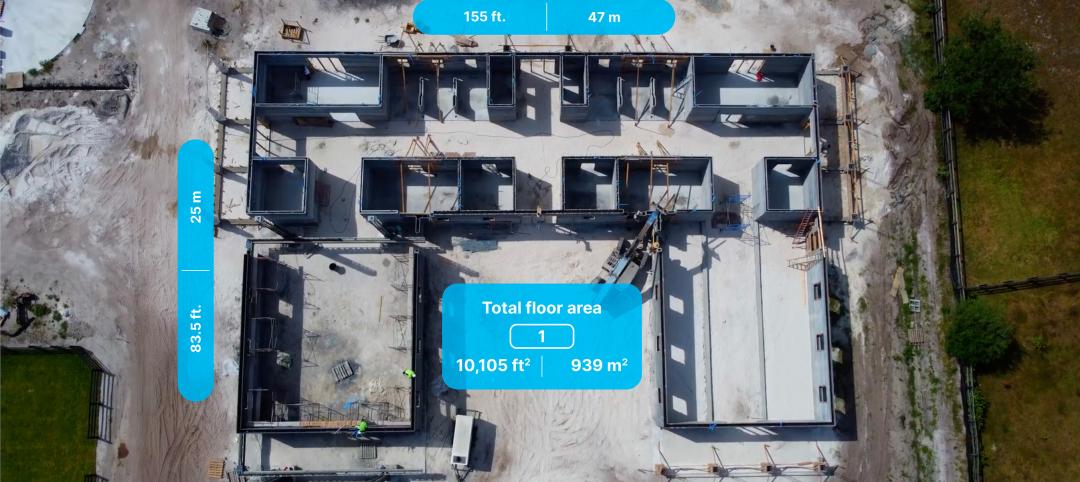As temperatures in many areas hit record highs this summer, cities around the world are turning to creative solutions to cope with urban heat gain, according to a Fast Company report.
The city of Arnhem in the Netherlands is rethinking its road system, looking for opportunities to reduce paved areas. The city is evaluating which roads are underused with the idea of shrinking traffic lanes and replanting these areas with greenery. This would reduce the “heat island” effect.
Abu Dhabi is testing features to make being outside more comfortable in extreme heat. In one park, the United Arab Emirates city has installed shades that roll back at night to let hot air escape, along with strategically placed walls that help channel breezes, shade benches, and misting devices.
A few cities are looking to plant new trees in strategic locations. Dallas and Phoenix will add trees to paths that students use to walk to school. Medellin, Colombia, now has a network of 30 corridors planted with thousands of trees to walk and bike across the city more comfortably.
Some cities have focused efforts on the less fortunate. Phoenix has been providing homeless people with free rides to cooling centers. New York City offers free white paint coatings for roofs on some buildings, including low-income housing.
More cities and counties have created new “chief heat officer” positions to focus on resilience in the face of a hotter climate. These officials have been tasked with coordinating efforts to make extreme heat more bearable in their communities.
Related Stories
Resiliency | Jul 27, 2023
'Underground climate change' can damage building foundations, civil infrastructure
A phenomenon known as “underground climate change” can lead to damage of building foundations and civil infrastructure, according to a researcher at Northwestern University. When the ground gets hotter, it can expand and contract, causing foundations to move and sometimes crack.
Urban Planning | Jul 26, 2023
America’s first 100% electric city shows the potential of government-industry alignment
Ithaca has turned heads with the start of its latest venture: Fully decarbonize and electrify the city by 2030.
Sustainability | Jul 26, 2023
Carbon Neutrality at HKS, with Rand Ekman, Chief Sustainability Officer
Rand Ekman, Chief Sustainability Officer at HKS Inc., discusses the firm's decarbonization strategy and carbon footprint assessment.
Designers | Jul 25, 2023
The latest 'five in focus' healthcare interior design trends
HMC Architects’ Five in Focus blog series explores the latest trends, ideas, and innovations shaping the future of healthcare design.
Sponsored | Fire and Life Safety | Jul 12, 2023
Fire safety considerations for cantilevered buildings [AIA course]
Bold cantilevered designs are prevalent today, as developers and architects strive to maximize space, views, and natural light in buildings. Cantilevered structures, however, present a host of challenges for building teams, according to José R. Rivera, PE, Associate Principal and Director of Plumbing and Fire Protection with Lilker.
Building Owners | Jul 12, 2023
Building movement: When is it a problem?
As buildings age, their structural conditions can deteriorate, causing damage and safety concerns. In order to mitigate this, it’s important to engage in the regular inspection and condition assessment of buildings for diagnosis.
Codes | Jul 10, 2023
Water Demand Calculator outperforms traditional plumbing codes for energy, carbon, and water savings
Using IAPMO’s Water Demand Calculator tool can result in energy, carbon, and water savings as compared to using traditional plumbing specification methods in plumbing codes, according to a study by Arup.
3D Printing | Jun 20, 2023
World's largest 3D-printed building completed in Florida
Printed Farms, known for completing Florida’s first permitted 3D-printed house in Tallahassee, announces the completion of the world’s largest 3D-printed building: a luxury horse barn.
Resiliency | Jun 14, 2023
HUD offers $4.8 billion in funding for green and resilient building retrofit projects
The Department of Housing and Urban Development (HUD) recently released guidelines for its Green and Resilient Retrofit Program (GRRP) that has $4.8 billion for funding green projects.
Engineers | Jun 5, 2023
How to properly assess structural wind damage
Properly assessing wind damage can identify vulnerabilities in a building's design or construction, which could lead to future damage or loss, writes Matt Wagner, SE, Principal and Managing Director with Walter P Moore.

















